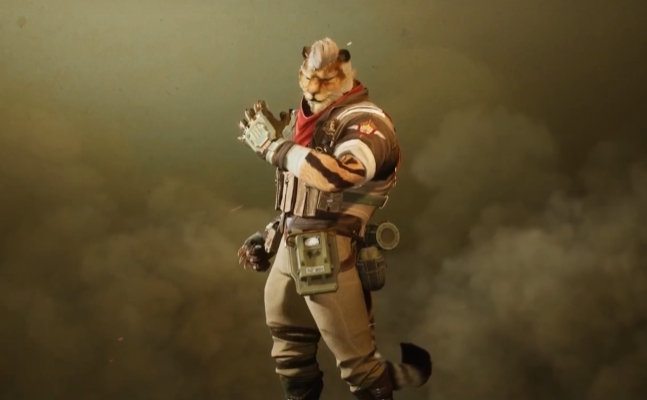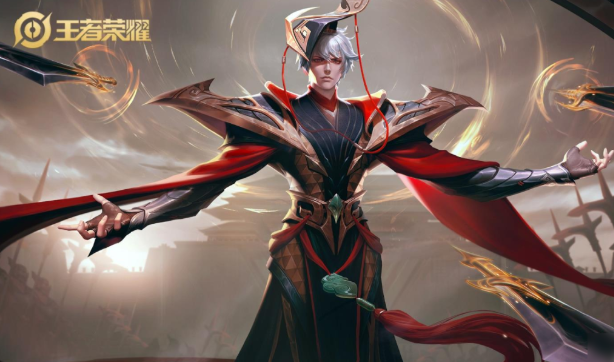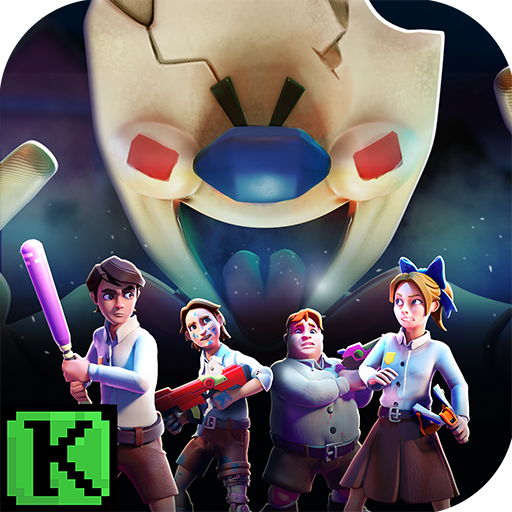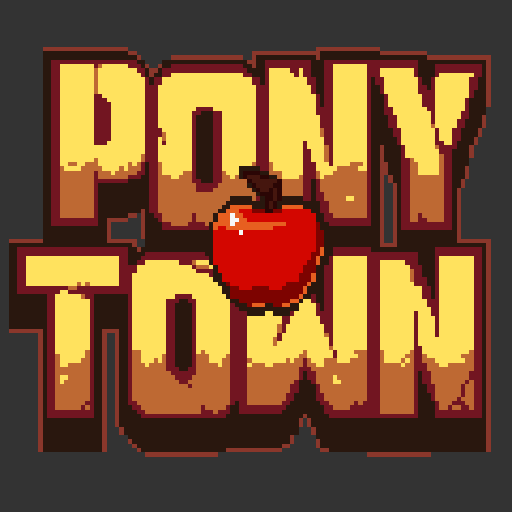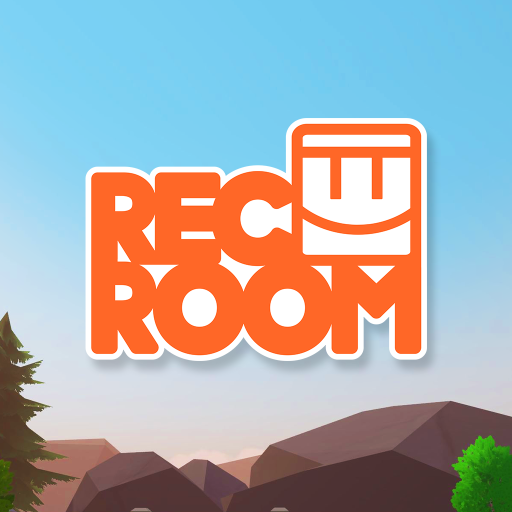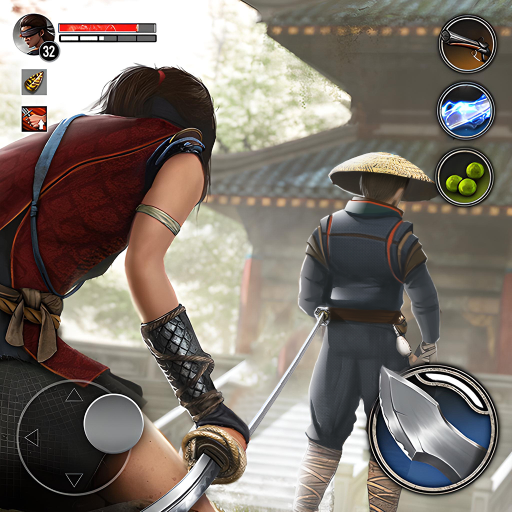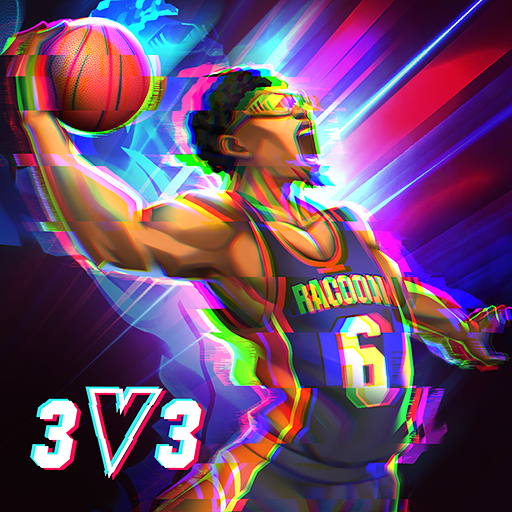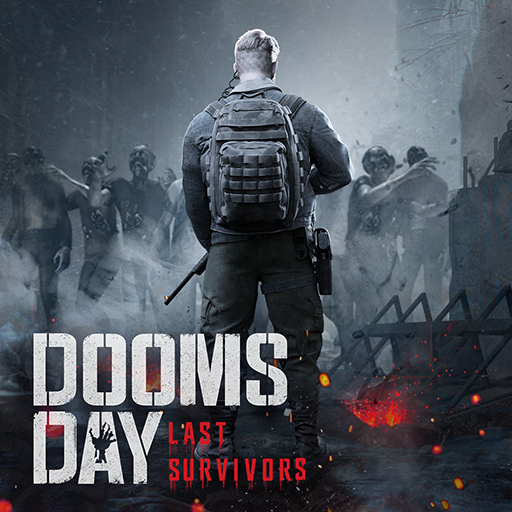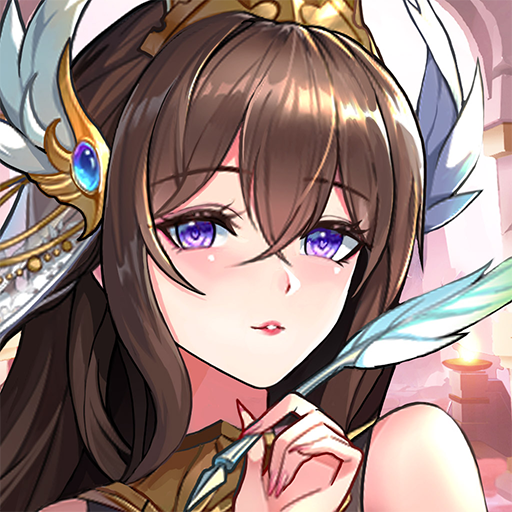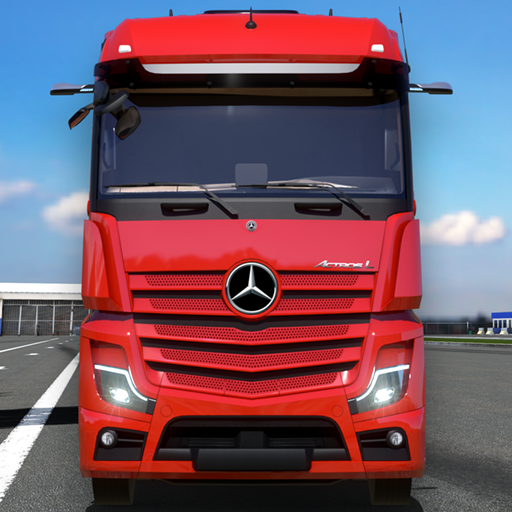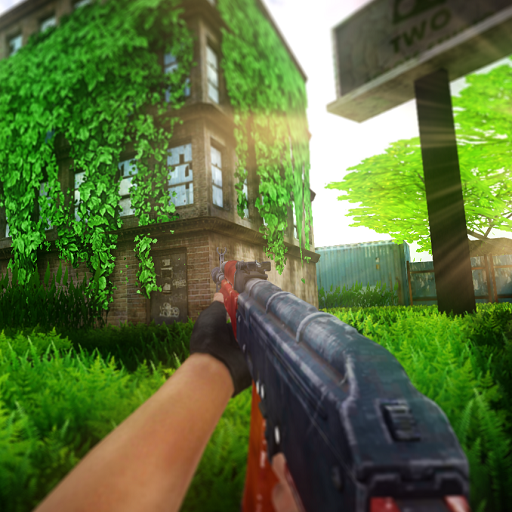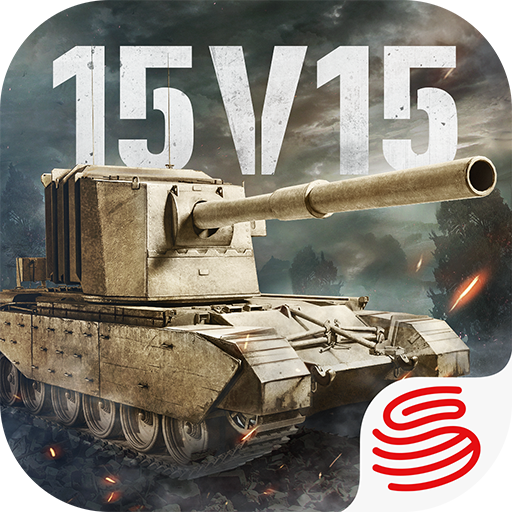Era of Stars features classic SLG gameplay, with dual heroes, different skills and set effects, and the ability to lead soldiers, offering a high degree of strategy and the potential for a wide variety of formations. So, how do you play the active team in Era of Stars? Below, we will share the strategy guide for the active team formation in Era of Stars, explaining how this system is structured, what the core heroes are, and providing some combination recommendations.
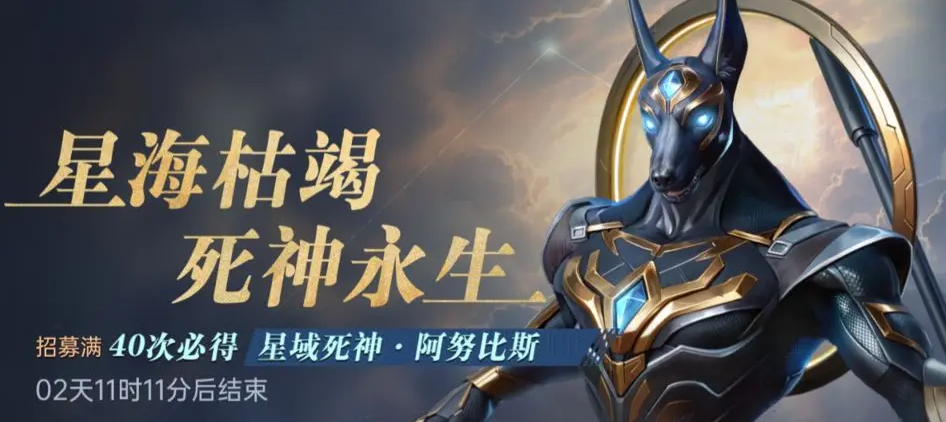
Preface:
The active team is actually more of a support system, mainly providing various forms of healing and buffs. Currently, there aren't many heroes in the active team system, but its core value lies in providing powerful buffs to other teams, such as health recovery and combat attribute boosts, ensuring that the team has good sustainability. The activation method of the active system's skills is relatively uniform, taking effect every 10 seconds, and can be divided into two main categories: durability restoration and combat attribute enhancement.
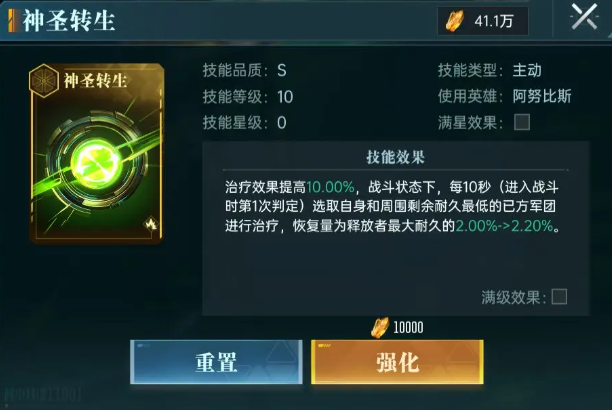
Core Heroes:
Anubis, a hero obtained through the limited-time "Stellar Death God" event, is also the core character of the active team. His core skill, "Divine Rebirth," significantly enhances healing effects, automatically selecting and healing the lowest durability army among himself and those around him every 10 seconds. The mechanism is simple, primarily focused on providing stable healing.
Isis, a main hero we obtain by completing the seven-day mission in the early game. Her core skill has a chance to heal herself and four nearby allied armies every 10 seconds. Although this skill has a probability-based trigger, its area-of-effect healing capability far surpasses Anubis, and when fully upgraded, the skill trigger rate can reach 100%, achieving stable group healing effects.
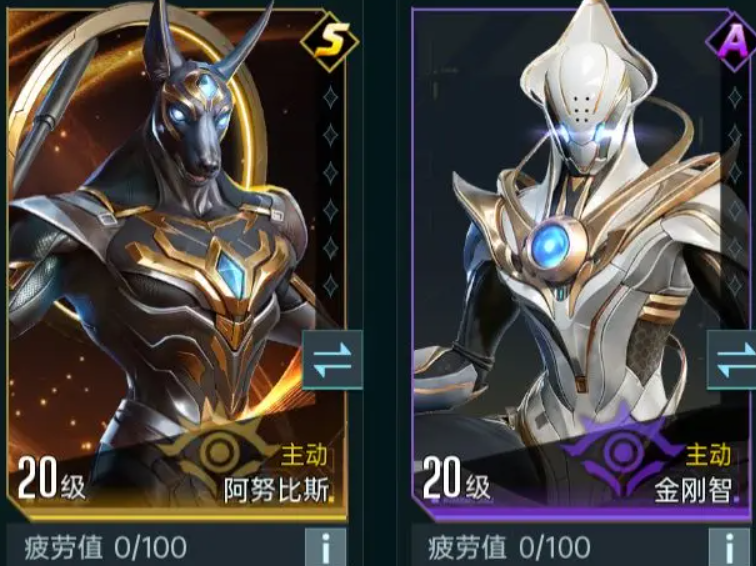
Vajra Jnan, who can be seen as a lower-tier substitute for Anubis, or even a "streamlined version" of Anubis. His core skill, "Four Immeasurable Minds," is essentially the same as Anubis's, but with slightly inferior numbers and without the ability to heal himself, making his survivability somewhat less than Anubis's.
Michael, the most unique hero in the active system, does not provide healing but focuses on combat attribute enhancements. His core skill, "Angel's Radiance," increases his own durability and has a chance to boost the evasion and defense attributes of himself and nearby allied armies every 10 seconds. Since Michael is a purple hero, he is easier to obtain, and once fully upgraded, his skill trigger rate can reach 100%, consistently providing attribute buffs to the team.
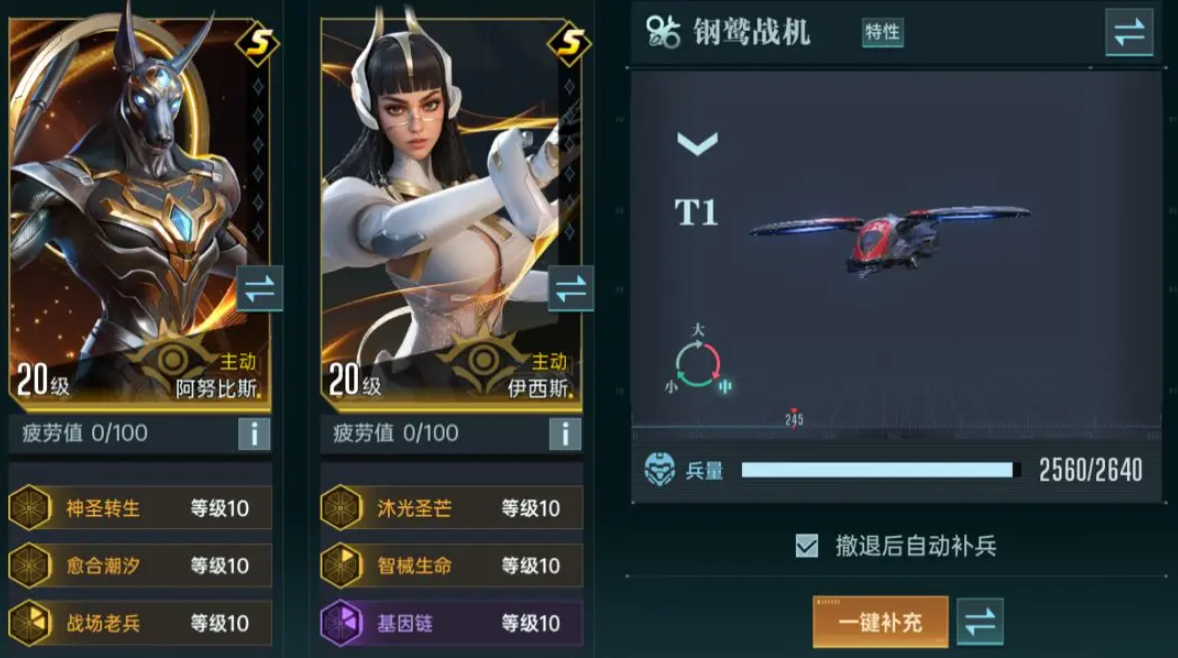
Team Combinations:
Anubis + Isis
This is the current mainstream pairing in the active system, with the dual-healing hero combination providing substantial and stable healing, allowing the output team to fight without worrying about their rear. If Anubis is not available, Vajra Jnan can serve as a lower-tier replacement, with the overall skill operation mode remaining unchanged.
Vajra Jnan + Michael
This combination focuses more on combat attribute enhancements rather than healing, playing an excellent supporting role in specific scenarios where extreme damage is pursued.
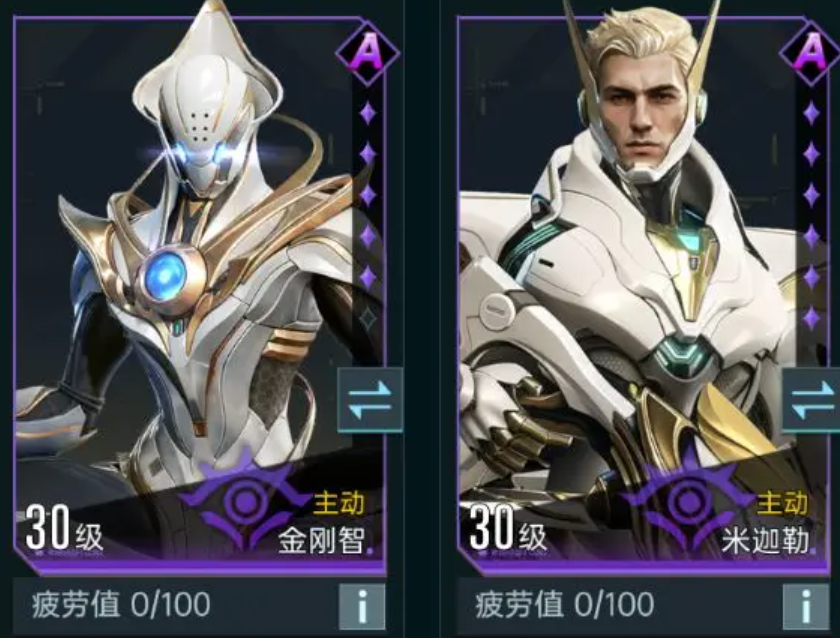
Soldier Recommendations:
The choice of soldiers for the active team is quite singular, with the Steel Hawk fighter currently being the only suitable option, and it is also the only type of soldier in the game that fits well with the healing team. It's important to note that before the battle begins, make sure to switch to the healing form to ensure maximum effectiveness.
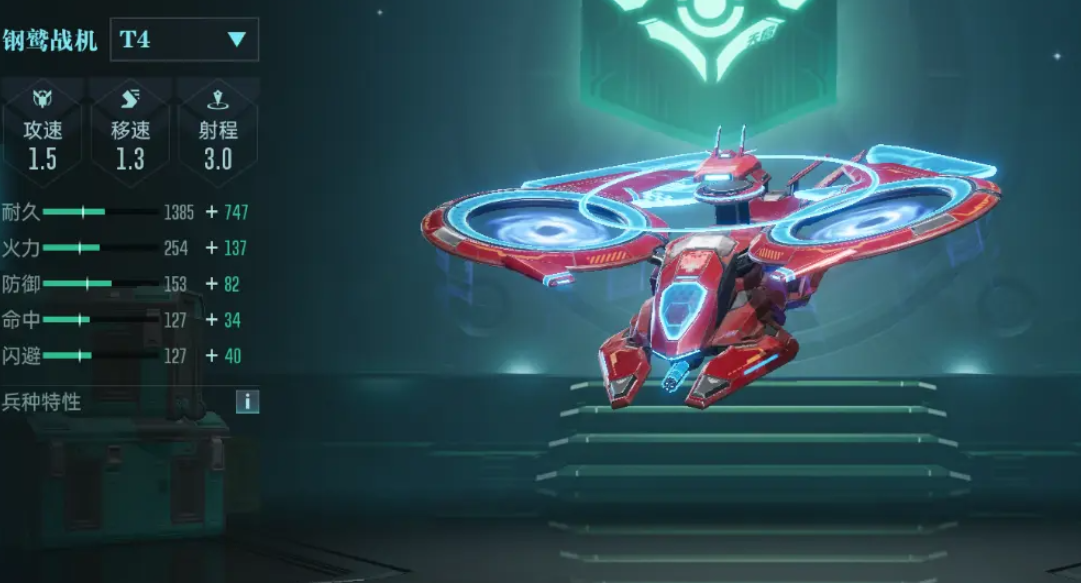
Application Scenarios:
The application scenarios for the active system are very broad, suitable for almost all battle situations. As the strongest support team, it provides significant healing to the output team, greatly enhancing the team's survivability and overall efficiency in output.
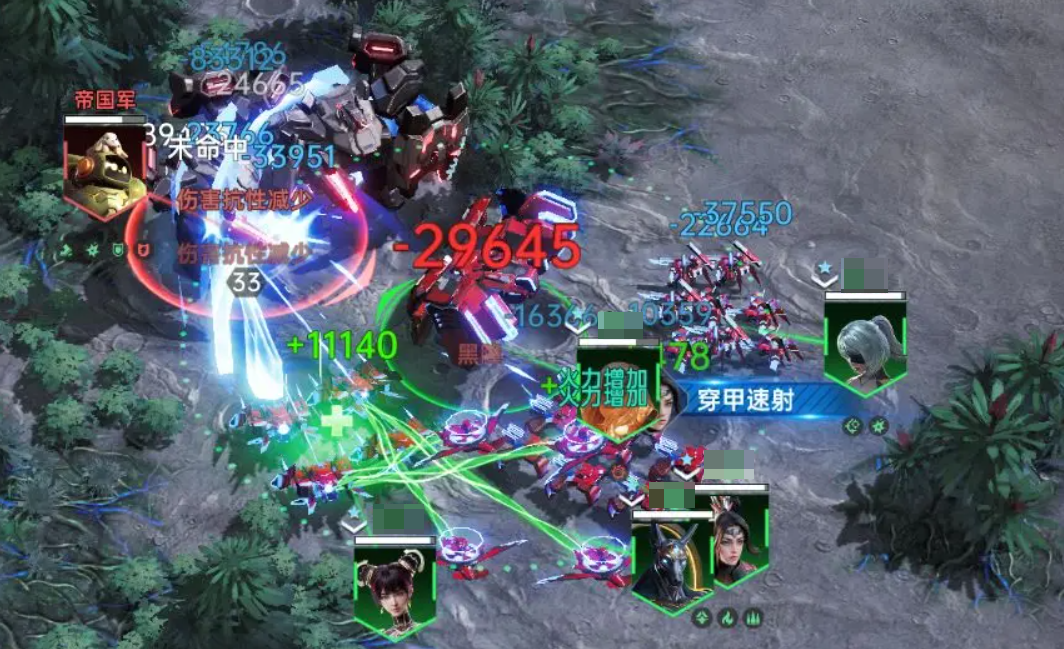
This is a detailed introduction on how to play the active team in Era of Stars. The core advantage of the active system lies in its ability to provide extremely powerful healing or combat attribute enhancements, significantly boosting the team's overall combat power and ensuring stability in prolonged battles. As the only dedicated support system in the game, the active team holds irreplaceable value. Of course, no team is perfect, and the active team's weakness is obvious: it lacks offensive power. While it offers sustainability, it is inefficient. If the output team is eliminated first, then the active team alone would be unable to turn the tide. More often, it serves as a complement to other teams, yet remains indispensable. In a team with a strong output leader, having one active support team provides a significant advantage.
